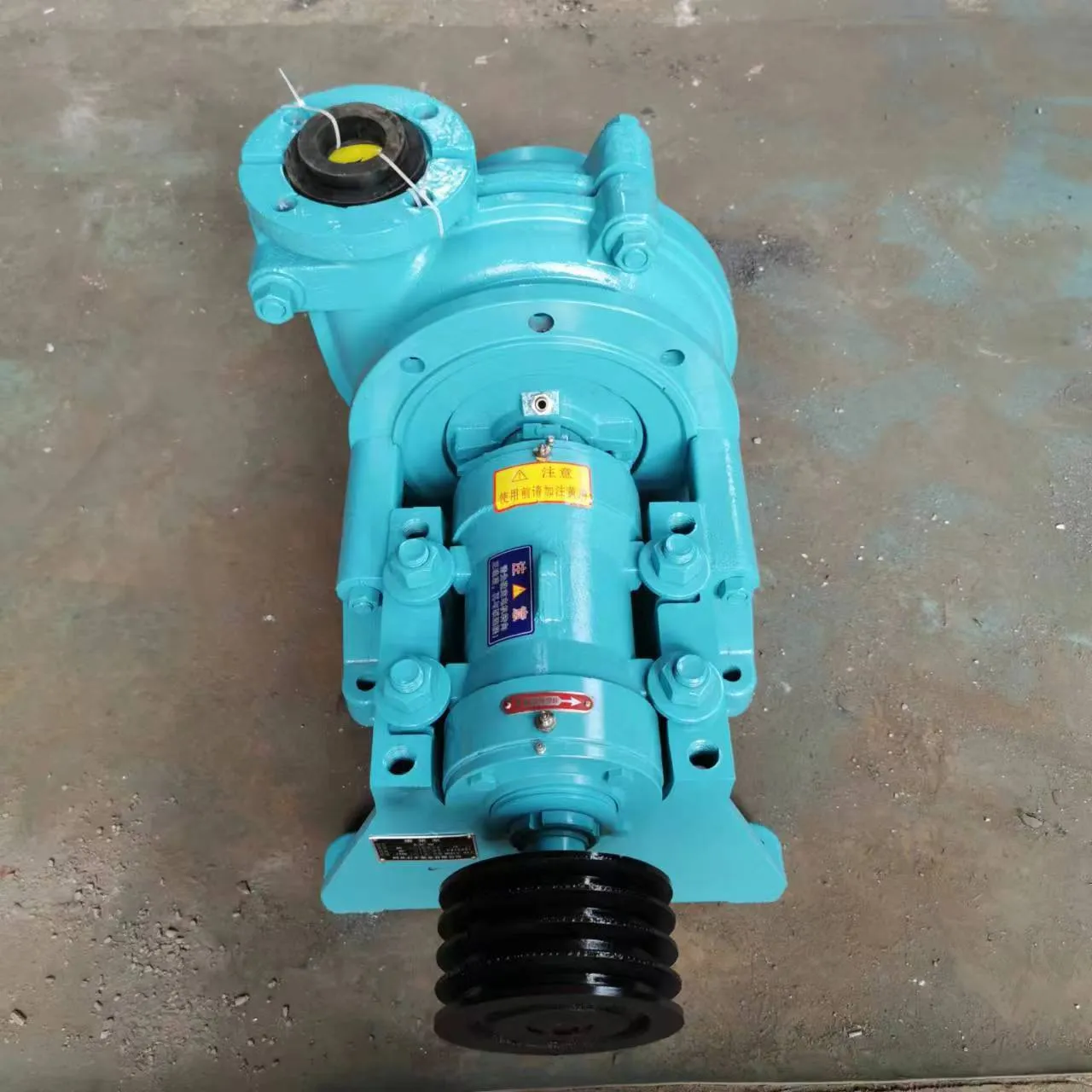Scottish Gaelic
- Afrikaans
- Albanian
- Amharic
- Arabic
- Armenian
- Azerbaijani
- Basque
- Belarusian
- Bengali
- Bosnian
- Bulgarian
- Catalan
- Cebuano
- Corsican
- Croatian
- Czech
- Danish
- Dutch
- English
- Esperanto
- Estonian
- Finnish
- French
- Frisian
- Galician
- Georgian
- German
- Greek
- Gujarati
- Haitian Creole
- hausa
- hawaiian
- Hebrew
- Hindi
- Miao
- Hungarian
- Icelandic
- igbo
- Indonesian
- irish
- Italian
- Japanese
- Javanese
- Kannada
- kazakh
- Khmer
- Rwandese
- Korean
- Kurdish
- Kyrgyz
- Lao
- Latin
- Latvian
- Lithuanian
- Luxembourgish
- Macedonian
- Malgashi
- Malay
- Malayalam
- Maltese
- Maori
- Marathi
- Mongolian
- Myanmar
- Nepali
- Norwegian
- Norwegian
- Occitan
- Pashto
- Persian
- Polish
- Portuguese
- Punjabi
- Romanian
- Russian
- Samoan
- Scottish Gaelic
- Serbian
- Sesotho
- Shona
- Sindhi
- Sinhala
- Slovak
- Slovenian
- Somali
- Spanish
- Sundanese
- Swahili
- Swedish
- Tagalog
- Tajik
- Tamil
- Tatar
- Telugu
- Thai
- Turkish
- Turkmen
- Ukrainian
- Urdu
- Uighur
- Uzbek
- Vietnamese
- Welsh
- Bantu
- Yiddish
- Yoruba
- Zulu
Telephone: +86 13120555503
Email: frank@cypump.com
Dùbh . 05, 2024 03:55 Back to list
Hydraulic Pump Solutions for Efficient Slurry Tanker Operations and Performance Enhancement
Hydraulic Pumps for Slurry Tanker Operation
In the agricultural and industrial sectors, the efficient transportation of slurry—liquid waste comprising a mixture of water and solid materials—is crucial. Slurry tankers play an essential role in managing this transfer process, and hydraulic pumps are at the heart of their operation. This article explores the significance of hydraulic pumps in slurry tanker operations, their functionality, and key considerations for optimal performance.
Understanding Slurry Tankers
Slurry tankers are specialized vehicles designed to transport slurry from one location to another, typically from farms to fields or from industrial sites to treatment facilities. These tankers are equipped with large, leak-proof tanks and a series of pipes that enable the efficient loading, transportation, and unloading of slurry. The performance of these tankers highly depends on the reliability and efficiency of the hydraulic systems they employ, particularly the hydraulic pump.
The Role of Hydraulic Pumps
Hydraulic pumps are essential components in slurry tankers, providing the pressure needed to move slurry through the system. Their primary function is to convert mechanical energy into hydraulic energy, allowing for the mass transfer of slurry without relying solely on gravitational forces. These pumps can handle the viscous nature of slurry, which can include a mixture of water, manure, sediment, and sometimes other industrial by-products.
The most common types of hydraulic pumps utilized in slurry tankers are gear pumps, diaphragm pumps, and progressive cavity pumps. Each of these pump types has its strengths, making them suitable for different slurry compositions and operational scenarios.
Types of Hydraulic Pumps
1. Gear Pumps Gear pumps are widely used due to their simplicity and reliability. They consist of two gears that mesh together to create a vacuum that draws in the slurry and pushes it out under pressure. Gear pumps are typically favored for their ability to handle thick slurries, low maintenance requirements, and efficient operation.
2. Diaphragm Pumps These pumps utilize a diaphragm that moves up and down to create suction and discharge. They are particularly effective in handling abrasive materials, making them suitable for slurry laden with sand or grit.
hydraulic pump for slurry tanker operation

3. Progressive Cavity Pumps These pumps are known for their ability to handle a wide range of slurry types, including highly viscous ones. The helical design of the rotor and stator allows for a smooth flow, reducing shear and preserving the integrity of the slurry.
Key Considerations for Pump Selection
When selecting a hydraulic pump for slurry tanker operations, several factors must be carefully considered
- Viscosity of Slurry Understanding the viscosity of the slurry is vital. Pump specifications should match the physical characteristics of the slurry to ensure efficient performance.
- Pressure Requirements Different pumping situations require varying levels of pressure. Assessing the pressure required for the intended discharge distance and height is crucial for selecting an appropriate pump.
- Maintenance and Durability Given the harsh environment that slurry pumps operate in, choosing a pump that can withstand wear and tear is important. Regular maintenance ensures longevity and reliability.
- Compatibility with Tanker Systems The hydraulic pump must integrate seamlessly with the rest of the slurry tanker's hydraulic system. This includes ensuring that fittings, hoses, and valves are compatible.
Conclusion
Hydraulic pumps are integral to the operational efficiency of slurry tankers, enabling the effective management of slurry transport in both agricultural and industrial applications. By understanding the different pump types and their functionalities, along with considering critical factors such as slurry viscosity and maintenance needs, operators can ensure that they are equipped with the most suitable hydraulic system for their specific requirements. Ultimately, investing in high-quality hydraulic pumps not only enhances the operational capability of slurry tankers but also contributes to sustainable waste management practices in various sectors.
-
Heavy-Duty Mining Sludge Pumps - Wear-Resistant Slurry Handling
NewsAug.02,2025
-
Horizontal Split Case Pump with GPT-4 Turbo | High Efficiency
NewsAug.01,2025
-
ISG Series Pipeline Pump - Chi Yuan Pumps | High Efficiency, Durable Design
NewsAug.01,2025
-
Advanced Flue Gas Desulfurization Pump with GPT-4 Turbo | Durable & Efficient
NewsJul.31,2025
-
ISG Series Vertical Pipeline Pump - Chi Yuan Pumps | Advanced Hydraulic Design&Durable Construction
NewsJul.31,2025
-
ISG Series Vertical Pipeline Pump - Chi Yuan Pumps | Energy Efficient & Low Noise
NewsJul.31,2025










